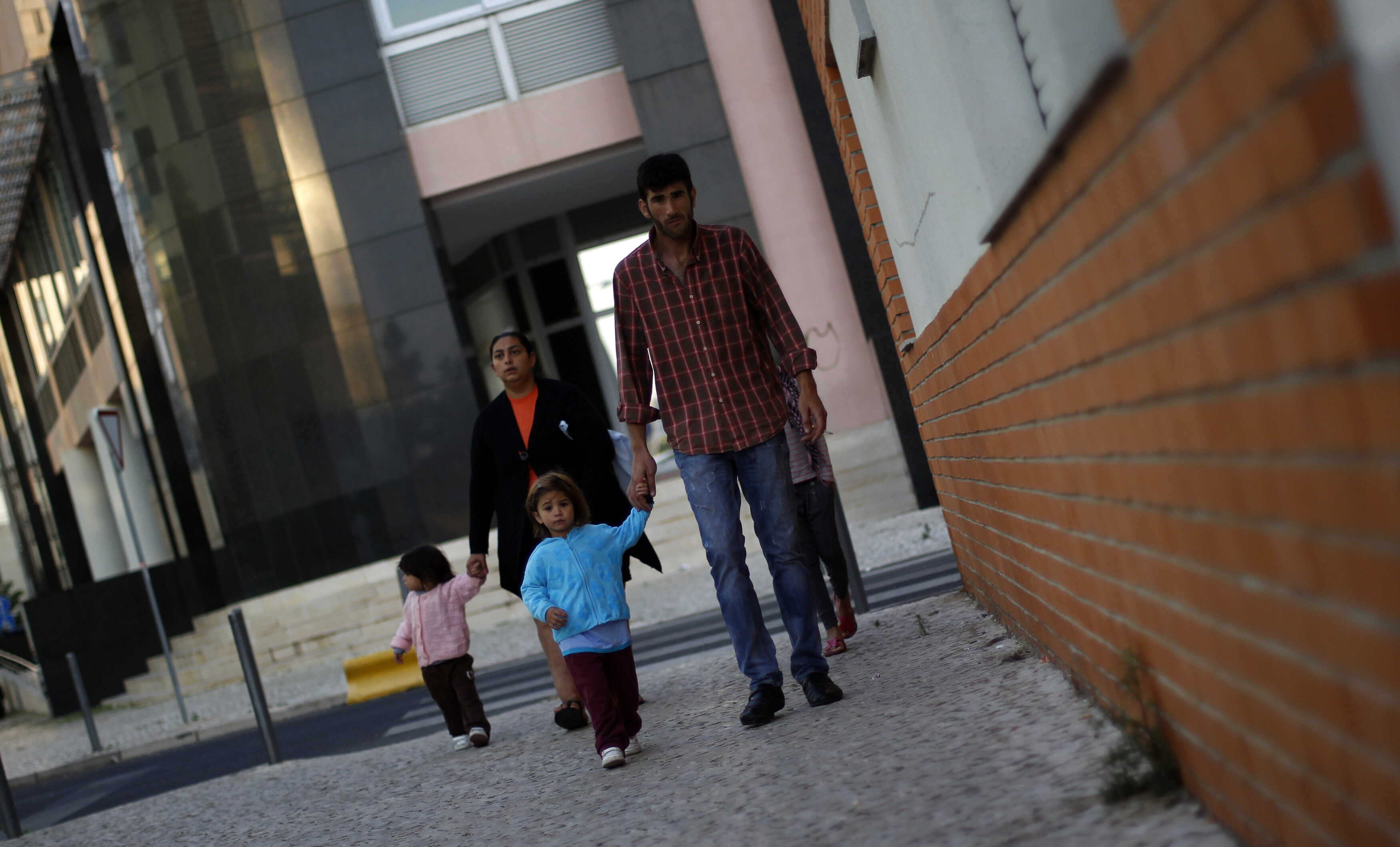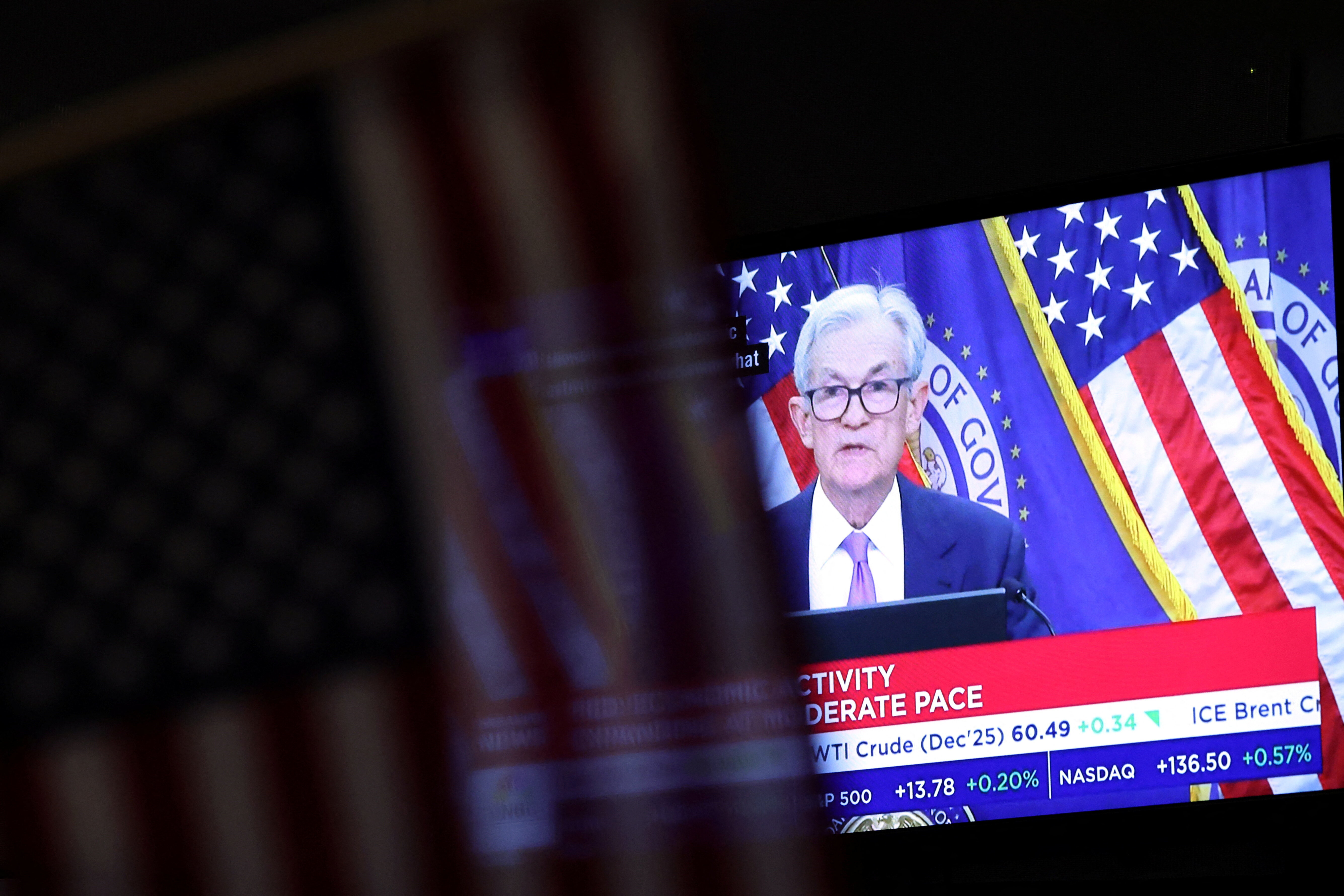3 ways to boost growth in India
Stay up to date:
Future of Work
The election of Prime Minister Narendra Modi was met with euphoria in India, and high expectations across the rest of the world. Now, the question on every investor’s mind is: “Can Modi do for India what he did for Gujarat?”
As a Gujarat leader, Modi’s no-nonsense and pro-business leadership brought domestic and foreign direct investment – and eventually prosperity – to the people in that state. India needs such a prescription, now more than ever, with GDP growth stalled below 5% in 2013.
Leading the first majority government in 30 years, Modi’s administration will not encounter the hurdles of competing political interests and the deadlock that has plagued coalition governments in the past. The sweep in the general elections has been reinforced by victories in state elections, with the prime minister’s party picking up absolute majority in Haryana and being the clear winner in Maharashtra. To accomplish Modi’s mandate to restore growth, the priorities of his administration must be to:
- Ensure that stalled projects, particularly in infrastructure, are resurrected and shovel-ready projects commissioned.
- Create employment for India’s sizeable and growing workable-age population, with almost 60% of it between the ages of 15 and 54.
- Liberalize policy to attract domestic capital investment, foreign direct investment and institutional capital.
These initiatives will require resolve and commitment if they are to reduce India’s red tape, and simplify its labyrinthine rules, regulations and processes – with a view to immediately improving the nation’s ranking in the World Bank’s Ease of Doing Business index.
In 2014, India ranked 142 out of 189 countries. Modi now has the perfect opportunity to move forward on these and other necessary structural changes, to deliver his promise of “minimum government, maximum governance”. The task is not simple, but it can and must be done.
Work simplification initiatives could yield significant procurement efficiencies– and internally generated source of funds that could be redeployed to more productive programmes. Process transformation work could produce better design and delivery of programmes and services that are a measurably better use of funds and deliver superior results ahead of schedule, below budget, and with lower waste, fraud or abuse.
This will also unlock major public-sector infrastructure projects held hostage by weak decision-making and poor programme management. Better governance and government processes, as well as progressive policy, are necessary for India to inspire investors, attract foreign direct investment and execute projects that answer Modi’s call to “first, develop India”.
The changes necessary to develop a vibrant, healthy and sustainable India can appear daunting. It’s likely the Modi administration’s priorities will extend from increased number of people paying taxes (less than 3% currently) to promoting citizen well-being via increased investment in healthcare and education.
However, the starting point is laying a foundation for change that cuts across sectors and establishes good governance. The Modi administration has made a good start, by courting business and government leaders in the US, Japan and Brazil, and hosting the Chinese president and his delegation to attract foreign direct investment.
Minister Arun Jaitley, overseeing Finance, Company Affairs and Defense, is a step in the right direction. A consistent aligned approach across ministries can increase business confidence and encourage investment. His recent announcement about removing price controls on diesel and increasing the price of locally produced natural gas signals his resolve to wean the country off subsidies and make India more market-oriented.
Jaitley will need to make the most of the following three levers: progressive policy, streamlined bureaucracy and a simplified project approval process. This last is to attract investment and spark competition in critical infrastructure fields, such as electricity generation and distribution, and logistic operations for roads, railways and ports. These are the prerequisites for employment creation and growth.
Comparison with China is illustrative of the extent of the challenge: once linked together as “the” growth economies, India and China have posted dramatically divergent results. China’s per capita GDP (PPP) is now $11,850, whilst India’s languishes at $5,350. Its GDP grew 7.7% last year, compared with India’s 4.3%.
At $3.4 trillion, China’s foreign exchange reserves are more than 10 times India’s $312 billion. The scales of these economies are different, as are their needs for reforms and change. We see the future of these countries diverging further. With a median age of 27 versus China’s 37 years, India’s demographics trend towards the younger and the growing workforce should be better placed to support a shrinking proportion of elderly.
Taken together, these facts make India’s challenge for investment and employment creation more acute and immediate. Where China is exhibiting a propensity to diversify beyond manufacturing into services and beyond exports to domestic development, the “Make in India” programme can help absorb more of the country’s population into the workforce. The emphasis from services to manufacturing will require policy liberalization, the opening of export and domestic markets, and the engagement of foreign capital and know-how in more sectors that can lead to improved infrastructure for citizens and businesses.
A centralized approach allowed China to pursue changes more vigorously and, arguably, more heavy-handedly. With India being the world’s biggest democracy, change will be messier, but Modi has a mandate for change. Modi should begin where it counts and where changes can lead to sustainable impact – i.e. removing chronic bureaucratic hurdles, holding government agencies and civil service accountable for results, investing in the capability to deliver results in the public sector including through sourcing services effectively from the private sector, and making the overdue structural changes that have stymied India’s growth.
India is now well positioned; it has the demographics, its government has the mandate, and its economy needs to change. The government needs to transform and help install transparent, data-driven processes, and drive superior programmes that deliver measurably superior results. Changing the way government does business, and especially creating a ruthless focus on civil service productivity, is necessary to overcome the bureaucracy and inertia that compromise the ability of governments to co-opt the business community into creating prosperity for its citizens.
India is long overdue such an overhaul. The Modi administration can lay a sustainable foundation for attracting investments, commissioning projects and creating conditions that will lead to quality execution, under budget and ahead of schedule. Now is the time for change: the country is hopeful, and has high expectations of a new administration that wields a sweeping mandate for change.
More on India’s economy
Why India’s wage gap is narrowing
Can India and China get along?
Modi’s promise to entrepreneurs
Author: Suresh Kumar is a partner at Oliver Wyman (MMC). Crispin Ellison, partner at Oliver Wyman (MMC) and Avinash Boodoosingh, director at Strategic Solutions Group (MMC).
Image: Visitors sit in a restaurant at Adlabs Imagica theme park in Khopoli, about 75 km (46 miles) from Mumbai April 20, 2013. REUTERS/Danish Siddiqui.
Don't miss any update on this topic
Create a free account and access your personalized content collection with our latest publications and analyses.
License and Republishing
World Economic Forum articles may be republished in accordance with the Creative Commons Attribution-NonCommercial-NoDerivatives 4.0 International Public License, and in accordance with our Terms of Use.
The views expressed in this article are those of the author alone and not the World Economic Forum.
Related topics:
Forum Stories newsletter
Bringing you weekly curated insights and analysis on the global issues that matter.
More on Financial and Monetary SystemsSee all
Jaime Magyera
November 13, 2025
Julie Iskow and Kim Huffman
November 11, 2025
Daniel Tannebaum and Seth Borden
November 11, 2025
Pedro Leitao
November 5, 2025
Aimée Dushime
November 4, 2025
Rebecca Geldard
October 31, 2025





